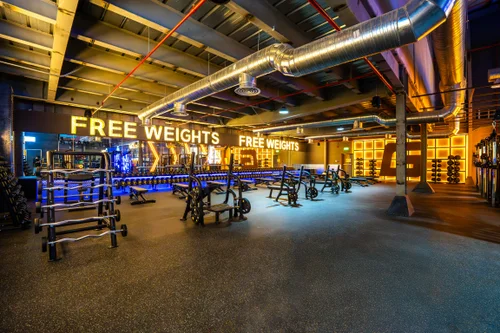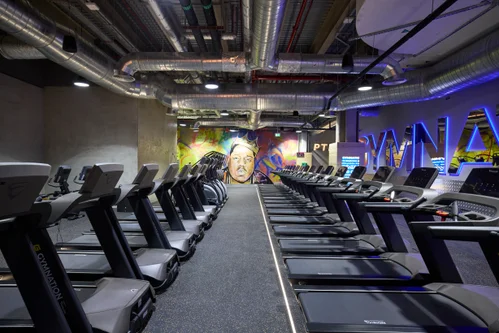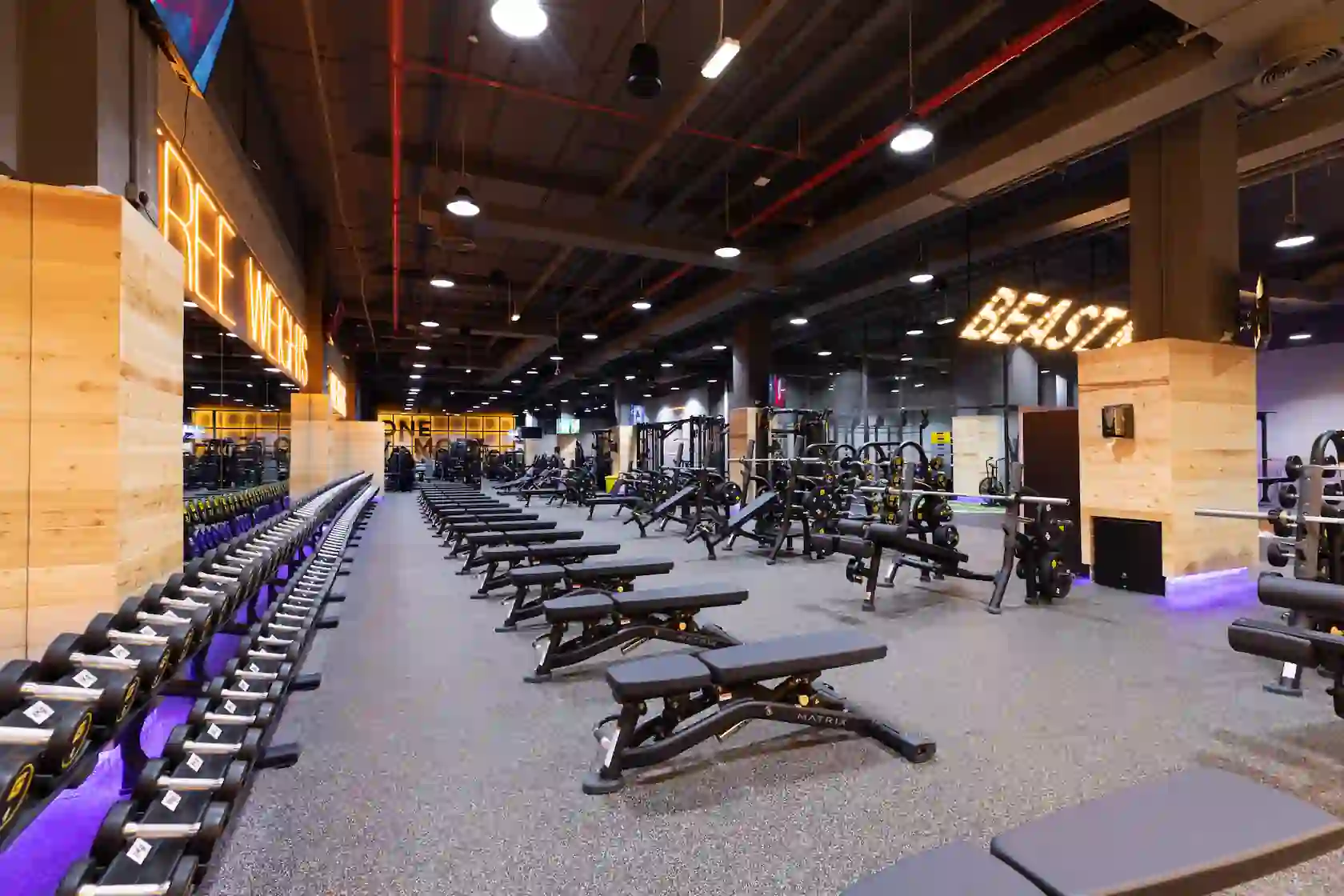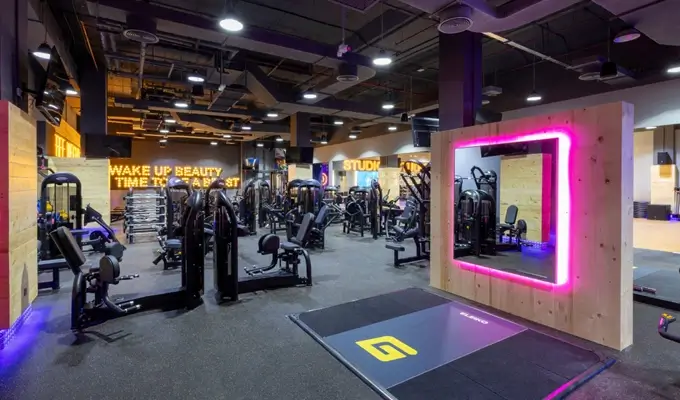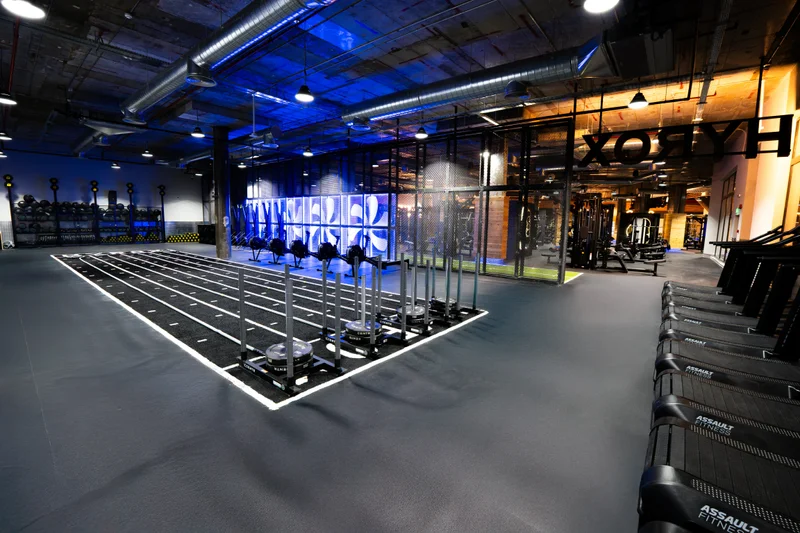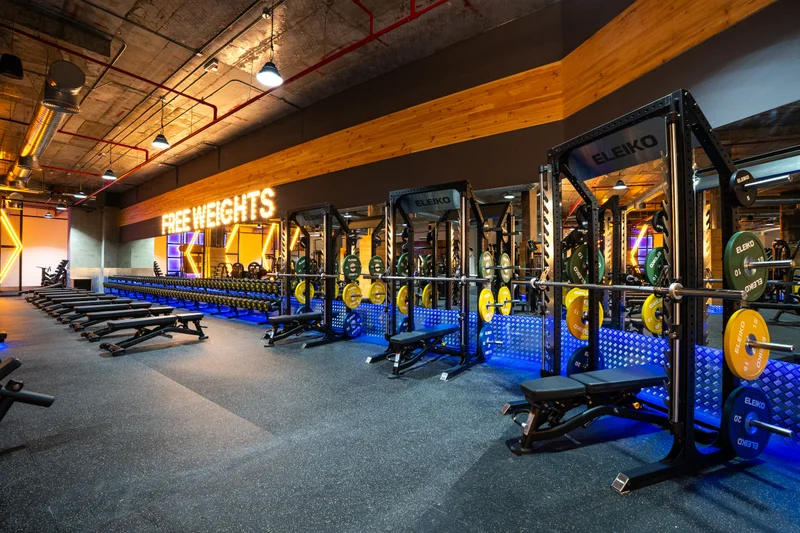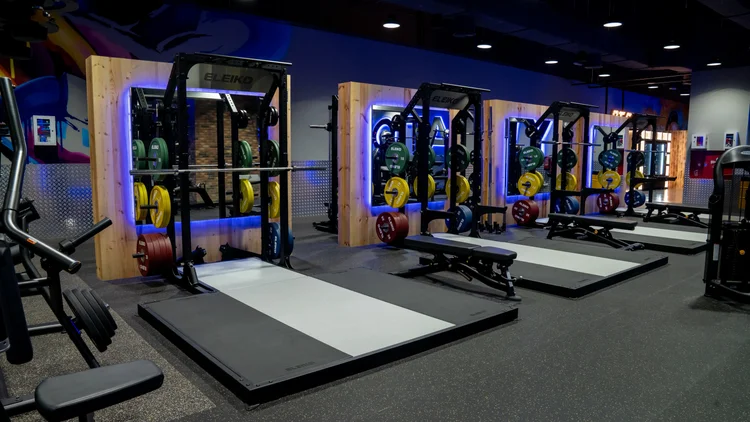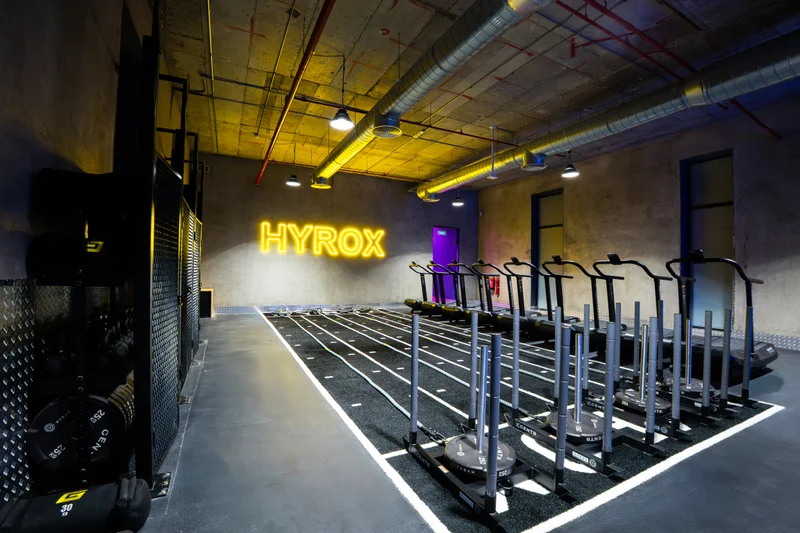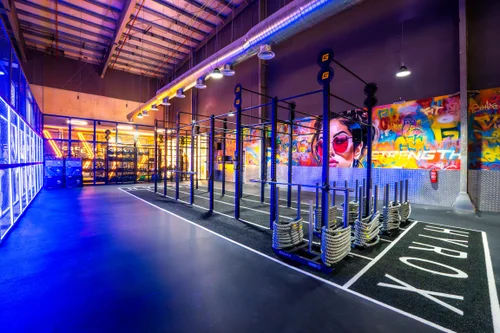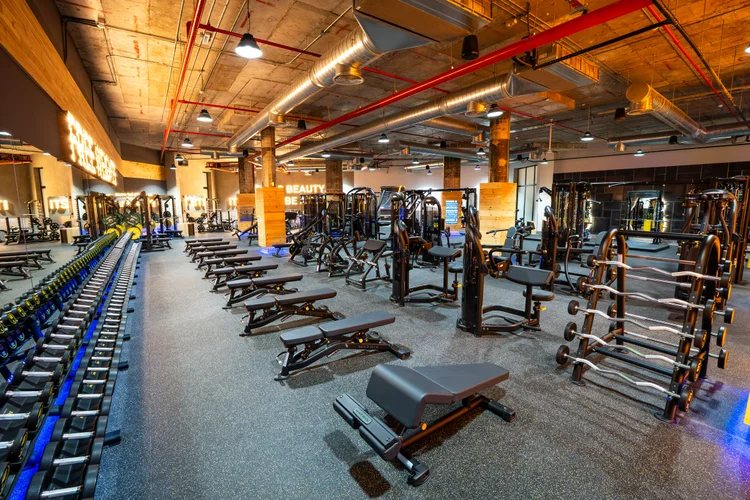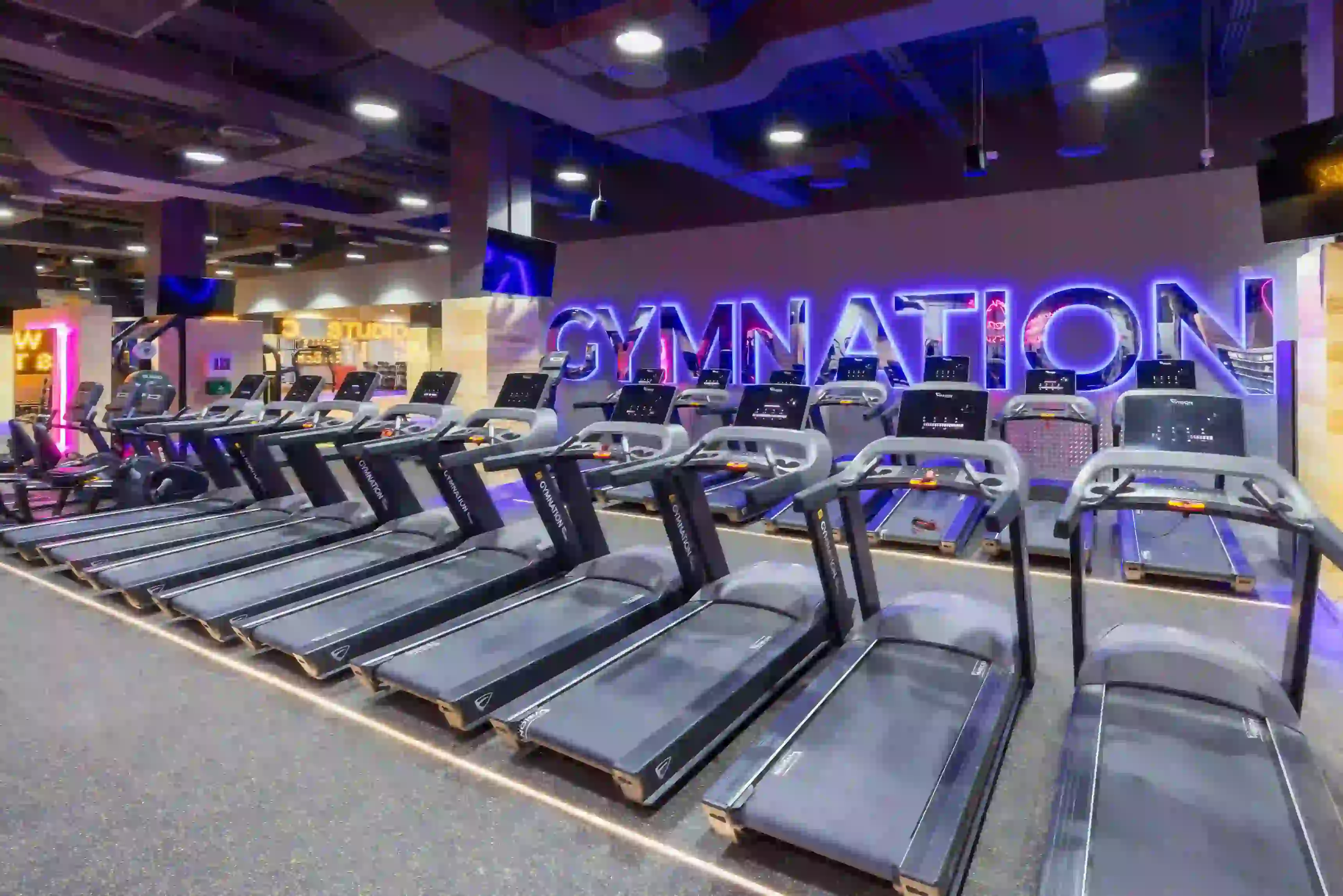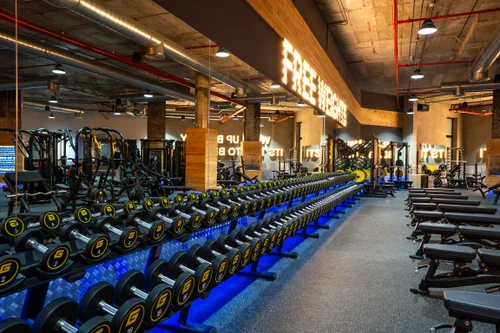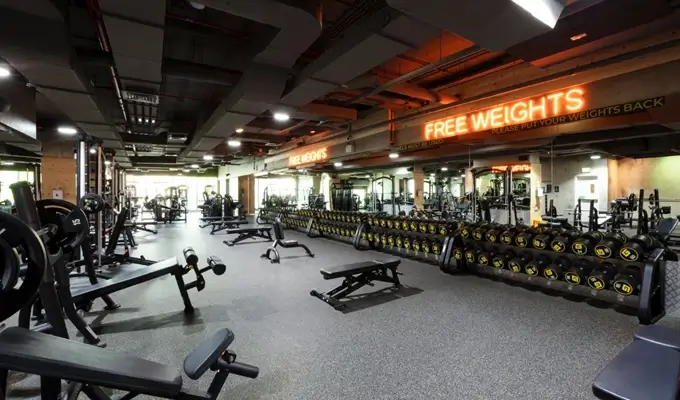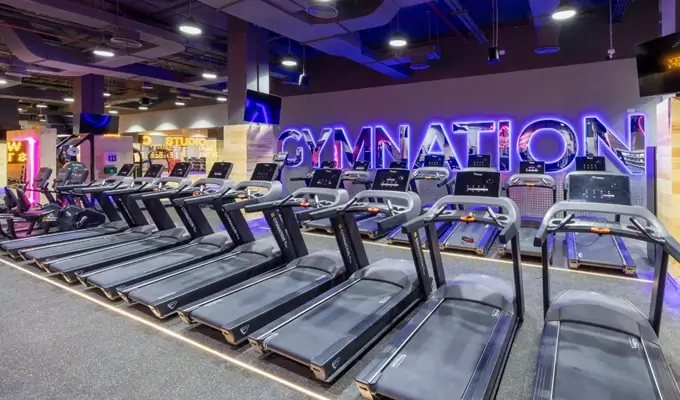Japanese Interval Walking: The TikTok Fitness Trend That Actually Works

SIGN UP FOR YOUR FREE DAY PASS TODAY!
If pumping iron or holding planks doesn't excite you, maybe the latest social media fitness trend will: Japanese interval walking.
The concept is beautifully simple—alternate between three minutes of fast and three minutes of slow walking for about 30 minutes total.
"The fast walking pace is typically fast [enough] that you are not able to speak in long sentences," explains Dr. Kristian Karstoft, an associate professor at the University of Copenhagen who has studied the method.
"And then the slow intervals are so slow that you are able to recover." He notes that people often struggle to walk slowly enough during recovery periods.
Testing the waters around London's King's Cross, I started striding briskly—like I was late for a train.
Three minutes later, my watch beeped and I slowed to a potter, as if searching for a dropped earring. Another beep and I was power-walking again, arms swinging.
I worried about looking erratic to passersby—probably like someone who desperately needed the loo but didn't dare jog. After 30 minutes, I felt warm but not breathless.
What's your go-to workout time?
Who benefits most?
Karstoft says this approach works particularly well for people prone to running injuries (walking is gentler on joints) or middle-aged and older adults who don't train regularly.
Already-fit people would need to jog or run intervals to see similar benefits.
The method mirrors high-intensity interval training (HIIT). Dr. Shaun Phillips, a senior lecturer in sport and exercise physiology at the University of Edinburgh, explains: "High-intensity exercise can give similar benefits to moderate-intensity exercise but in a shorter time frame [or] with a lower volume of exercise."
For less active people, Phillips recommends starting with regular walking before trying intervals.
The science behind the trend
While TikTok users are just discovering interval walking, Japanese scientists have studied it for over 20 years.
One study of 139 healthy participants (average age 63) found that those who did high-intensity interval walking four or more days a week for five months increased their peak aerobic capacity more than those doing continuous moderate walking or no training.
The research also suggests benefits for blood pressure reduction and knee joint strength.
A small trial by Karstoft's team showed promise for people with type 2 diabetes, improving glycemic control better than continuous walking—even with the same energy expenditure and average training intensity.
"Typically with interval walking, we've seen a gain in fitness level of around 15 to 20 percent compared to trivial or no improvements with continuous walking," Karstoft says.
"We've seen improvements in body composition with average weight loss of around three to five kilograms over four to six months, mainly from fat mass."
A 2023 review concluded that Japanese interval walking is "feasible and effective" for older, fragile people, significantly enhancing fitness, muscle strength, and health markers.
The bottom line
Phillips acknowledges that while some people love high-intensity challenges, others hate them.
"We're certainly never going to come to the ideal exercise protocol that everybody loves," he says. "It's about trying to give as many workable and beneficial options as possible."
Japanese interval walking might just be the accessible, joint-friendly option that gets you moving—no gym required.
Source: irishtimes
The opinions shared in the GymNation blog articles are solely those of the respective authors and may not represent the perspectives of GymNation or any member of the GymNation team.
GET YOUR FREE TRIAL TODAY


























